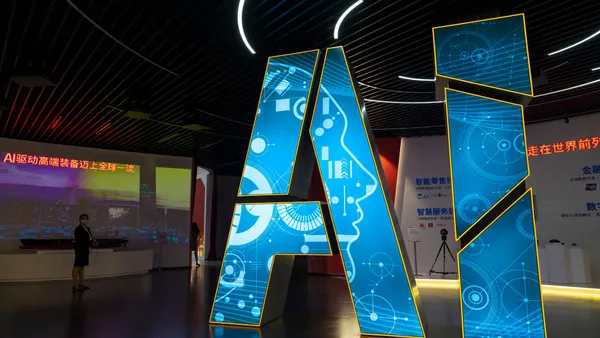Dive Brief:
- Several companies with trucking operations, including UPS, are turning to virtual reality simulations to help train employees to spot potential hazards on the road, Deloitte vice chairman Jay Samit writes for Fortune. UPS' program, initiated last year, aims to train 4,000 drivers in 2018 with the aim of ensuring the safety of both drivers and the general public.
- UPS hopes the training will not only increase skills for current employees, but attract new drivers to the fold. The American Trucking Association estimates a shortage of 50,000 drivers in 2017, and the organization anticipates that number could more than triple over the next eight years.
- Linde, an industrial gas supplier, is also using VR to train its drivers to unload and carry hazardous materials safely. Using the technology, they hope to “build the muscle memory of practicing the unloading procedure” in a safe, virtual environment before drivers hit the road with their dangerous cargo.
Dive Insight:
Several larger HR departments are using VR to train new and existing employees. The tech allows employees to learn without the risk of harm to themselves or others, and can also help employees develop specific skills needed for different industries. Restaurants, for example, are using VR to train workers to manage customers, cook foods and tear down equipment for cleaning. In other industries, insurance adjusters use the tech's 360-degree viewpoint to assess damage for homes and automobiles.
In healthcare, the University of Nebraska’s iEXCEL Center trains professionals in cutting-edge procedures before they work on patients, in addition to helping staff build confidence in the event of crisis situations. The broader shift to multisensory learning is believed to assist knowledge retention.
Big players in the market seem to agree: Facebook’s investment in its Oculus technology, while not yet showing returns, continued to grow last year with almost 10% of its job postings aimed at VR technologists.











